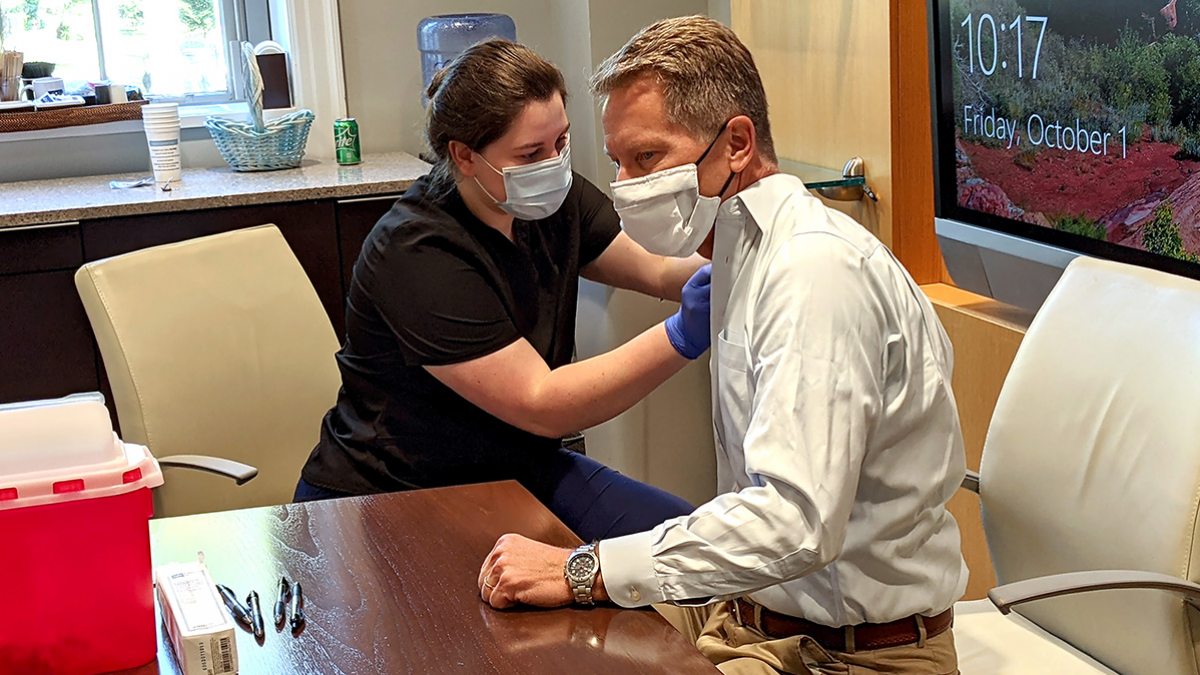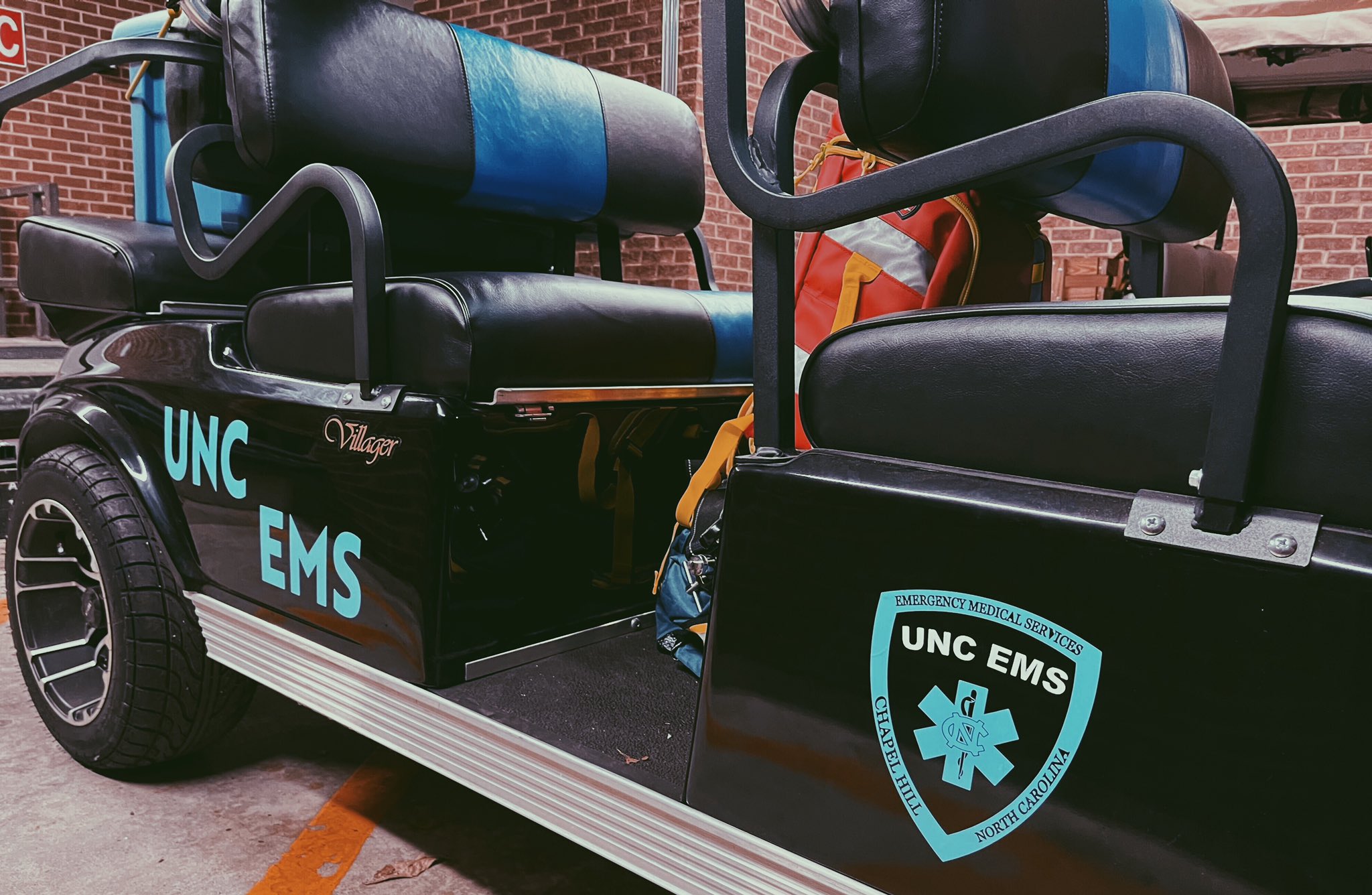Katherine Heller is a statistician and assistant professor at Duke University. She and UNC epidemiologist Allison Aiello teamed up with researchers at the University of Michigan to see how a smartphone can help report and predict the spread of influenza on a college campus.
“This kind of data collection technique where we’re recording more data on a personalized level, on a more frequent basis, about people’s health, can be really beneficial in terms of the predictions that we’re going to be able to make or the advice that we’re going to be able to give people,” says Heller.
Using an Android app called iEpi, Heller and associates tracked the health and location data from 100 students at the University of Michigan over a 10-week period during flu season.
Students logged their symptoms on a weekly basis while their phones used GPS, Bluetooth and Wi-Fi technologies to monitor where they went and who they came in contact with.
Students also offered throat swabs for testing if their symptoms suggested they might have the flu. Taken together, these data made it possible to successfully predict who might get the disease next, and to offer iEpi app users a personalized daily health forecast.
Heller says this is part of a trend towards more individualized health care.
“Trying to record more individualized information about each person is really helping allow us to develop these kinds of algorithms where we can do prediction and recommendation about much more person-specific kinds of health advice.”
At the larger level, Heller says this kind of reporting could change how epidemiologists track the outbreak and spread of infectious diseases.
“This gives us much more insight into how disease is being communicated from one person to another, so something like an isolation intervention we might find is very effective in terms of trying to get some disease under control.”
Heller suggests it may prove useful for those with chronic health conditions as well.
“I think it also applies to a lot of other areas of medicine where we can potentially do a much better job if we’re tracking information about patients like diabetics or various other kinds of chronic diseases much more carefully and more continuously than we are currently. That will really aid physicians in being able to treat them.”
Flu season ramps up in October and runs through the spring. This year, one in five college students are expected to get the flu, and close living quarters can help fuel its spread. Officials say vaccination is the best protection.






Comments on Chapelboro are moderated according to our Community Guidelines